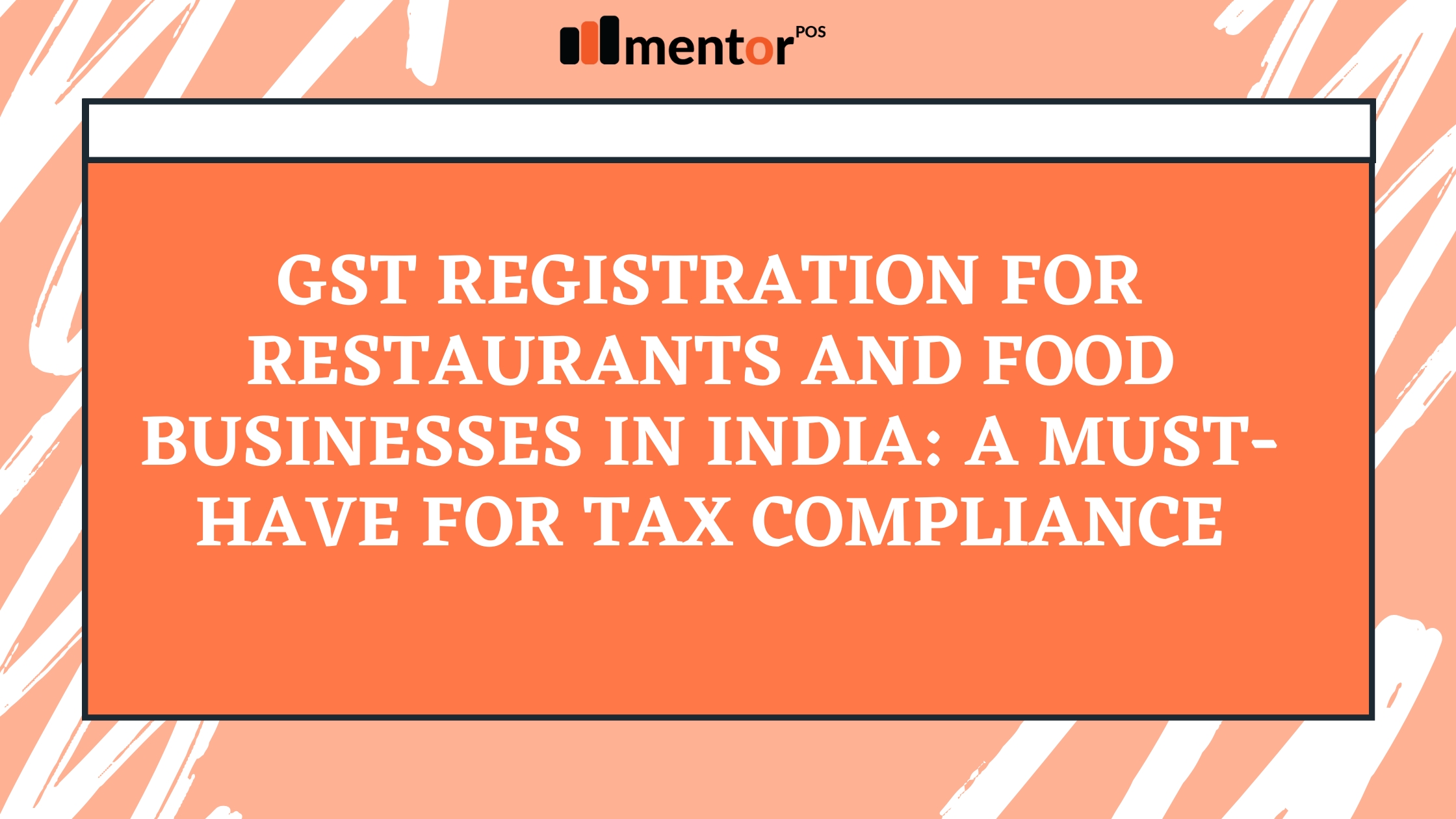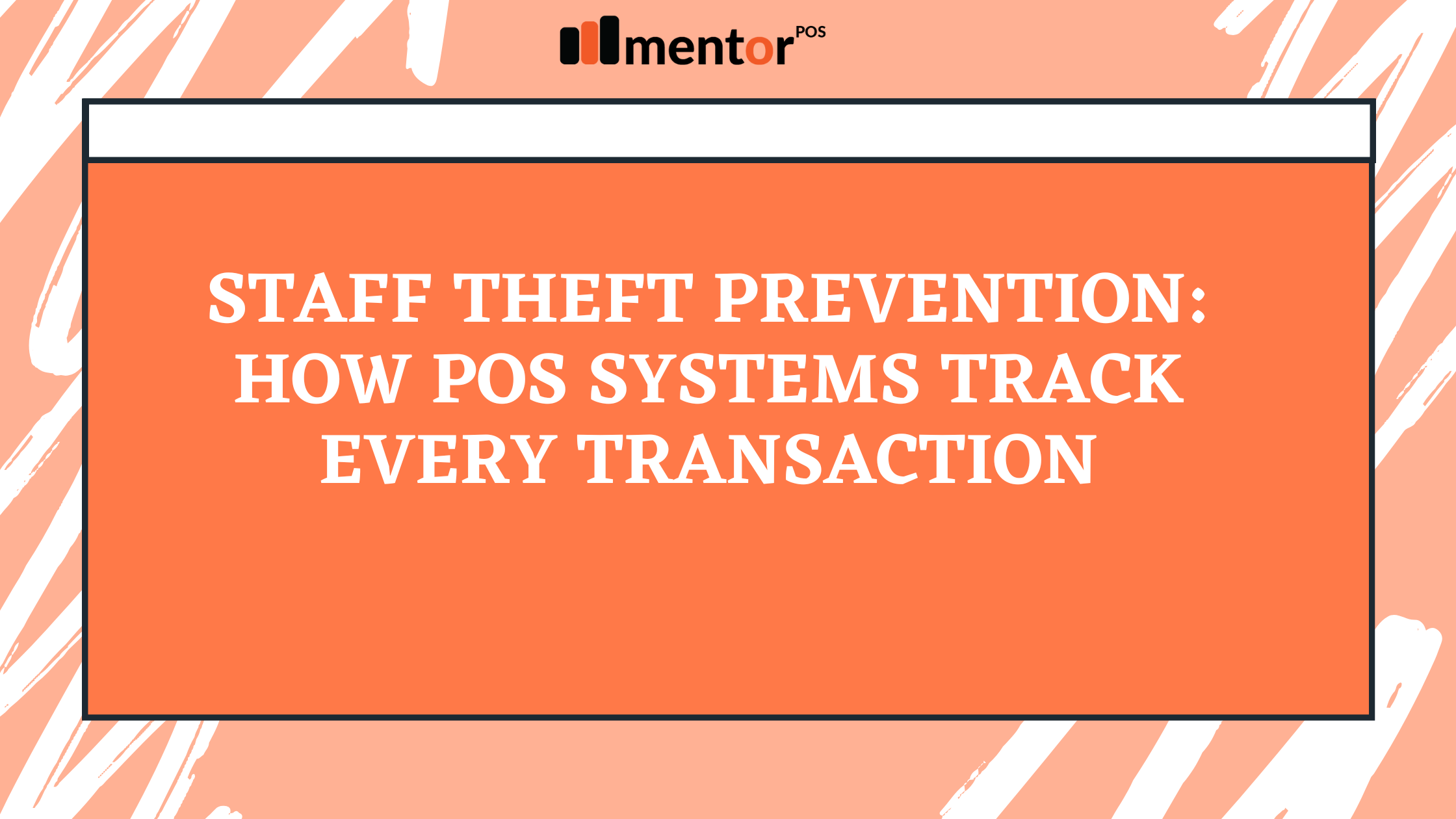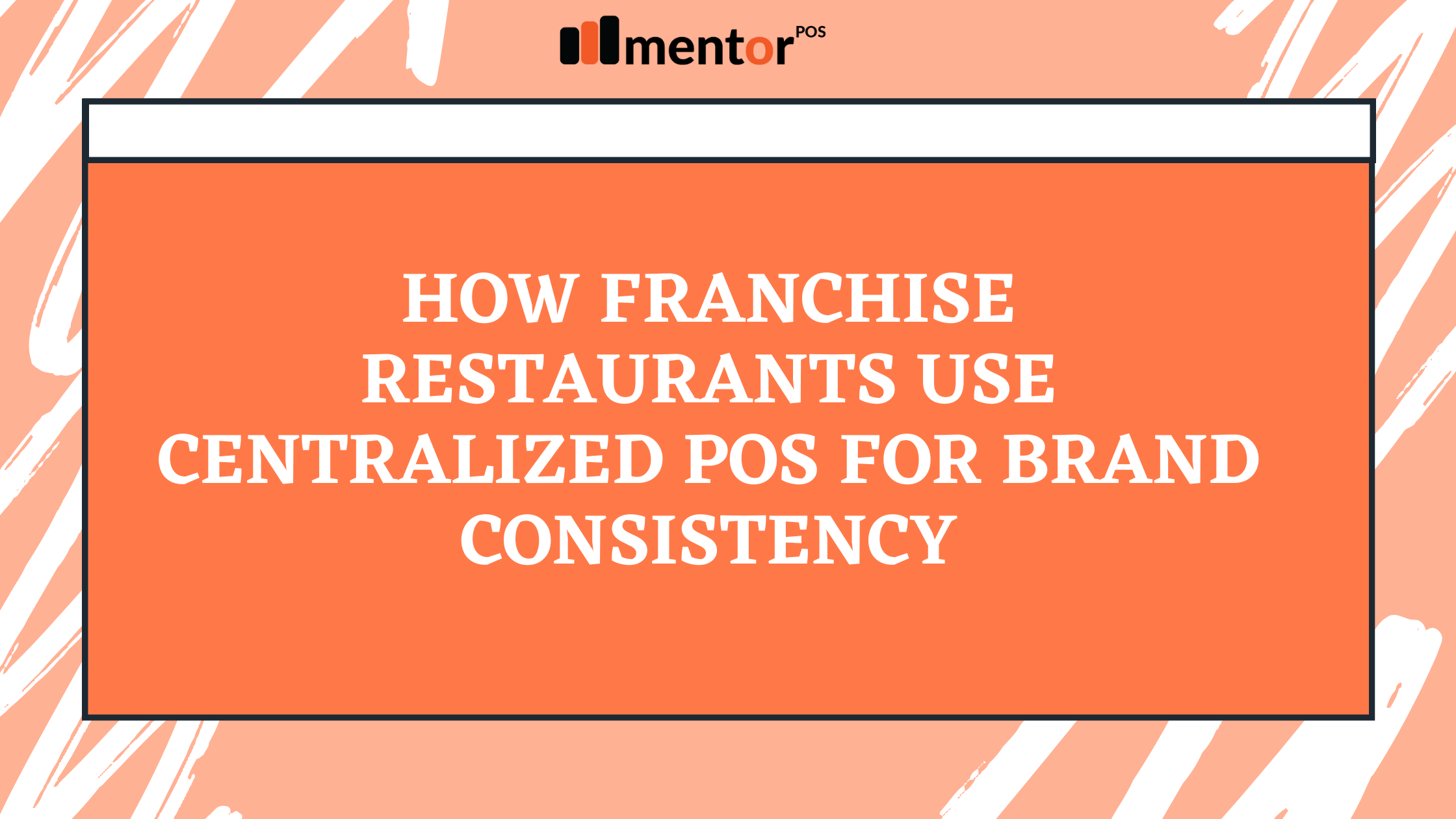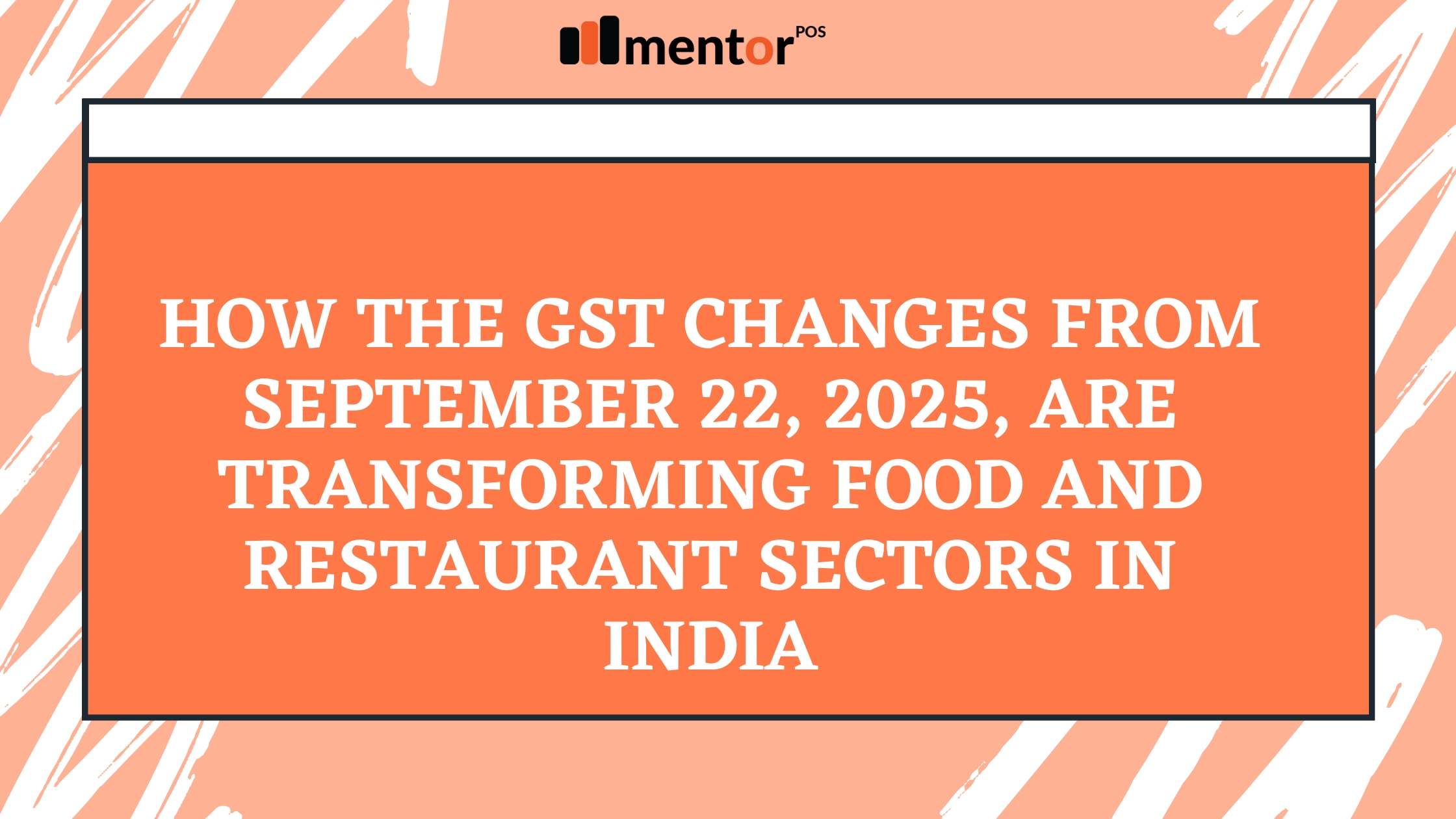In India’s booming food and beverage sector, whether you’re running a street-side food stall, an upscale café in Delhi, or a chain of ice cream parlors across Mumbai, compliance with taxation laws is not optional—it’s essential. One of the most critical steps toward compliance is obtaining a GST (Goods and Services Tax) registration.
This blog goes beyond just restaurants and explores how GST impacts various categories of food businesses in India including ice cream parlors, cafes, food trucks, bakeries, and cloud kitchens—making it a comprehensive guide for modern Indian food entrepreneurs.
Understanding GST in the Indian F&B Sector
GST is a consolidated indirect tax replacing multiple taxes like VAT, service tax, and excise duty. Under the GST regime, food businesses are taxed based on the nature of their services.
- 5% GST (without Input Tax Credit) applies to most standalone restaurants and takeaways.
- 18% GST (with Input Tax Credit) applies to restaurants in 5-star hotels and those serving alcohol.
- Ice cream parlors, however, attract 18% GST, regardless of the seating capacity, as they are classified under the supply of goods.
Which Food Businesses Need GST Registration?
You must register for GST if:
- Your annual turnover exceeds ₹20 lakhs (₹10 lakhs in special category states like North East, Jammu & Kashmir, etc.).
- You supply food online through platforms like Zomato, Swiggy, or DotPe—irrespective of turnover.
- You want to claim Input Tax Credit (ITC) on your business expenses.
- You are operating interstate (selling from one state to another).
Category-Wise GST Scenarios in India
1. Ice Cream Parlors
- Attract 18% GST with ITC.
- Must register for GST even for small outlets if supplying through e-commerce or reaching customers in multiple states.
- Displaying GSTIN and issuing proper tax invoices is mandatory.
2. Cafés and Bakeries
- Usually fall under 5% GST without ITC if offering dine-in or takeaway without alcohol.
- Bakeries that sell packaged products like cookies or cakes separately may attract 12–18% GST on goods.
- Blended operations (dine-in + packaged goods) must classify sales correctly to avoid penalties.
3. Cloud Kitchens
- Even without footfall, cloud kitchens must register for GST if listed on aggregators.
- They typically fall under 5% GST slab but may opt for composition schemes if turnover is below ₹1.5 crore.
4. Food Trucks & Carts
- Often fall in the unorganized sector, but if turnover crosses ₹20 lakhs, they must register.
- It’s beneficial for brand-building and access to digital platforms for orders.
5. Franchise Chains
- Whether it’s dosa outlets or large pizza franchises, GST registration is mandatory.
- Franchisors may insist on GST compliance to maintain brand standardization.
Benefits of GST Registration
Legal Protection
Avoid penalties, business interruptions, or legal notices. A registered business builds trust with both government authorities and customers.
Input Tax Credit
Applicable businesses under the 18% GST slab can offset their tax liability by claiming credits on raw materials, packaging, utilities, and other operational expenses.
Platform Access
Without a GST number, you can’t list on Swiggy, Zomato, MagicPin, or any food delivery service. These platforms require your GSTIN during onboarding.
Expansion Readiness
If you’re planning to grow—add branches, take franchise inquiries, or get funding—GST registration adds a layer of credibility to your business profile.
Single Tax System
No more confusion between VAT, service tax, and excise. GST simplifies everything under one umbrella.
How to Register – A Step-by-Step Guide
- Visit the official GST portal: www.gst.gov.in
- Click on “Register Now” under the ‘Taxpayers’ tab.
- Complete Part A with PAN, email, and mobile.
- Verify through OTP, then fill Part B with documents:
- PAN card
- Address proof (utility bill/rent agreement)
- Aadhaar, passport-size photo
- Business registration proof
- Bank account details
- Submit the application with a Digital Signature or EVC (OTP).
- Get your GSTIN within 7 days if documents are valid.
Types of GST Returns for Food Businesses
| Scheme | Returns | Frequency | Key Points |
| Regular | GSTR-1 + GSTR-3B | Monthly | Allows ITC, suited for larger outlets |
| Composition Scheme | CMP-08 + GSTR-4 | Quarterly + Annually | 5% tax, no ITC, turnover ≤ ₹1.5 crore |
Common Mistakes to Avoid
- Ignoring GST even when turnover exceeds the limit
- Misclassifying dine-in vs takeaway vs packaged food
- Failing to display GSTIN on bills and premises
- Claiming ITC without eligibility
- Delay in filing returns—this can lead to interest & fines
Final Thoughts
GST registration isn’t just a tax formality—it’s a strategic tool for growth and professionalism in the Indian food business landscape. Whether you’re an ice cream entrepreneur in Gujarat, running a kulcha joint in Punjab, or opening a café in Bengaluru, staying compliant with GST builds trust, opens digital channels, and saves money through input credits.







